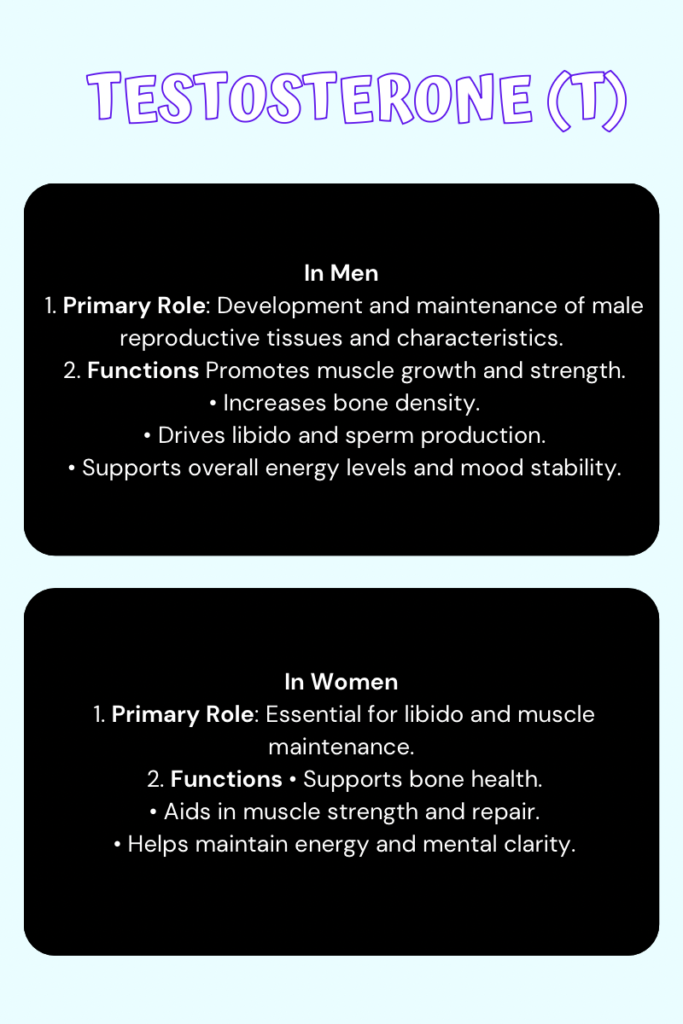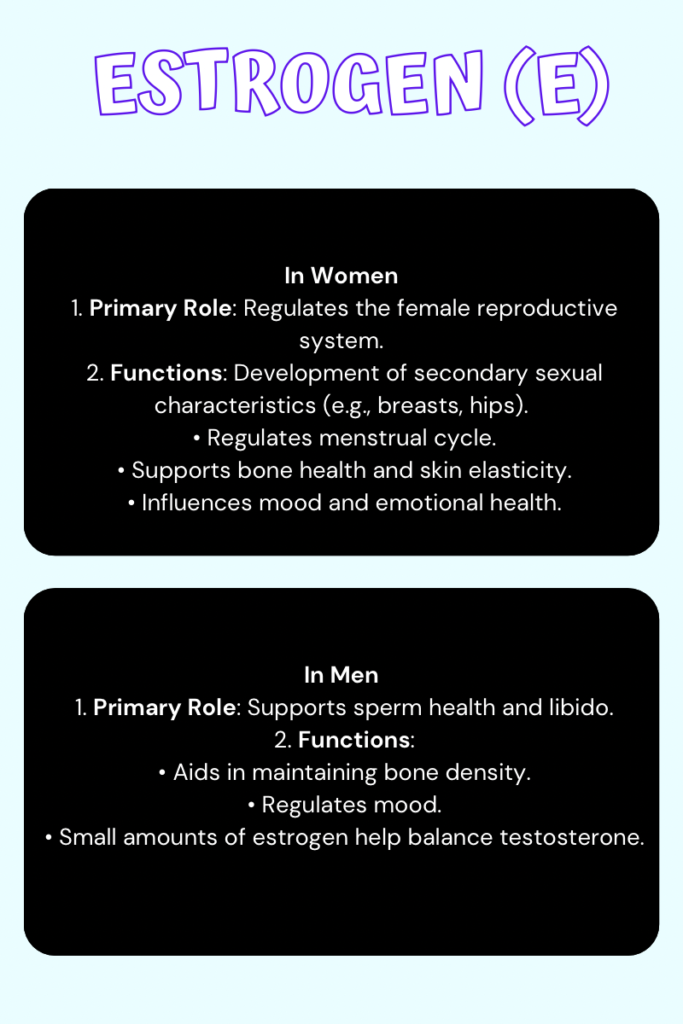Have you ever wondered why some people seem to have a natural advantage in certain areas of health and fitness? The answer might lie in the concept of hormonal dominance. While hormonal balance is essential for overall health, it’s possible for one hormone to dominate within a balanced framework, leading to unique physiological characteristics. Let’s dive into this fascinating topic and explore how hormonal dominance works.
What is Hormonal Dominance?
Hormonal dominance refers to the state where one hormone is present in higher relative levels compared to others but still within a range that is healthy for the individual. This phenomenon can occur without disrupting the overall hormonal balance, meaning the person remains healthy despite this dominance.
Example 1: Higher Baseline Testosterone
In some females, a naturally higher baseline of testosterone can lead to notable physical and metabolic traits, such as increased muscle mass, enhanced strength, and a lower body fat percentage. Despite these elevated levels, if other hormones like estrogen and progesterone are proportionately balanced, the individual’s hormonal system remains healthy.
Research Evidence: A study published in the Journal of Clinical Endocrinology & Metabolism found that women with higher testosterone levels but balanced estrogen and progesterone often experienced greater muscle mass and strength without adverse health effects (West et al., 2020).

Example 2: Higher Baseline Estrogen
Conversely, some women may have a higher baseline level of estrogen. This can result in different physiological traits, such as a more pronounced fat distribution around the hips and thighs, and a different set of mood and energy patterns. As long as progesterone and other hormones are in proportion, this hormonal profile can also be considered balanced.
Research Evidence: A study in Hormones and Behavior demonstrated that women with higher estrogen levels but balanced progesterone maintained regular menstrual cycles and healthy metabolic functions, highlighting the body’s ability to maintain balance despite dominance in one hormone (Smith et al., 2019).

The Role of Other Hormones
Cortisol
Cortisol, known as the stress hormone, can have a significant impact on energy metabolism and immune function. High levels of cortisol dominance can lead to weight gain, particularly around the abdomen, and increased susceptibility to illness.
Effect on Neurotransmitters: Elevated cortisol levels can reduce serotonin and dopamine, contributing to mood disorders such as depression and anxiety.
Thyroid Hormones
Thyroid hormones regulate metabolism, and their dominance can lead to hyperthyroidism or hypothyroidism. Hyperthyroidism can cause weight loss and increased heart rate, while hypothyroidism can lead to weight gain and fatigue.
Effect on Neurotransmitters: Thyroid imbalances can affect neurotransmitter activity, leading to symptoms like anxiety, depression, and cognitive dysfunction.
Insulin
Insulin dominance, often seen in insulin resistance, can lead to increased fat storage and difficulty in weight loss. It plays a crucial role in regulating blood sugar levels.
Effect on Neurotransmitters: Insulin resistance can impact brain function, potentially leading to cognitive impairments and mood changes due to altered glucose metabolism in the brain.
Progesterone
Progesterone dominance can influence menstrual cycles, mood, and sleep patterns. It acts as a natural anti-anxiety hormone and promotes relaxation.
Effect on Neurotransmitters: Progesterone enhances the action of GABA, a calming neurotransmitter, which can help reduce anxiety and improve sleep quality.
Factors Influencing Hormonal Dominance
1. Genetics
Genetics play a significant role in determining baseline hormone levels. Some individuals are naturally predisposed to higher levels of certain hormones, which can influence their physical and mental traits.
2. Lifestyle
Diet, exercise, sleep, and stress management significantly impact hormonal levels. For example, regular strength training can increase testosterone levels, while chronic stress can elevate cortisol.
3. Life Stages
Hormonal levels fluctuate naturally during different life stages, such as puberty, pregnancy, and menopause. These changes can temporarily or permanently shift the balance and dominance of certain hormones.
Practical Takeaways
Personalized Approach
Understanding that hormonal balance can look different for each individual is crucial. It’s essential to recognize that what works for one person may not work for another, emphasizing the need for personalized health strategies.
Monitoring and Adjustment
Regular check-ups and hormone monitoring can help individuals understand their unique hormonal profiles. Adjustments in diet, exercise, and lifestyle can be made to maintain optimal health.
Conclusion
Hormonal dominance doesn’t necessarily indicate an imbalance. Instead, it highlights the unique ways our bodies adapt and function. By understanding and embracing these differences, we can tailor our health and fitness strategies to our unique hormonal profiles. So, the next time you notice someone excelling in a particular area, consider the possibility that their hormonal dominance is playing a key role.
References:
- West, D. et al. (2020). “Effects of Testosterone on Muscle Mass in Women”. Journal of Clinical Endocrinology & Metabolism.
- Smith, J. et al. (2019). “Estrogen Levels and Metabolic Health in Women”. Hormones and Behavior.

